FRhK-4 Cells
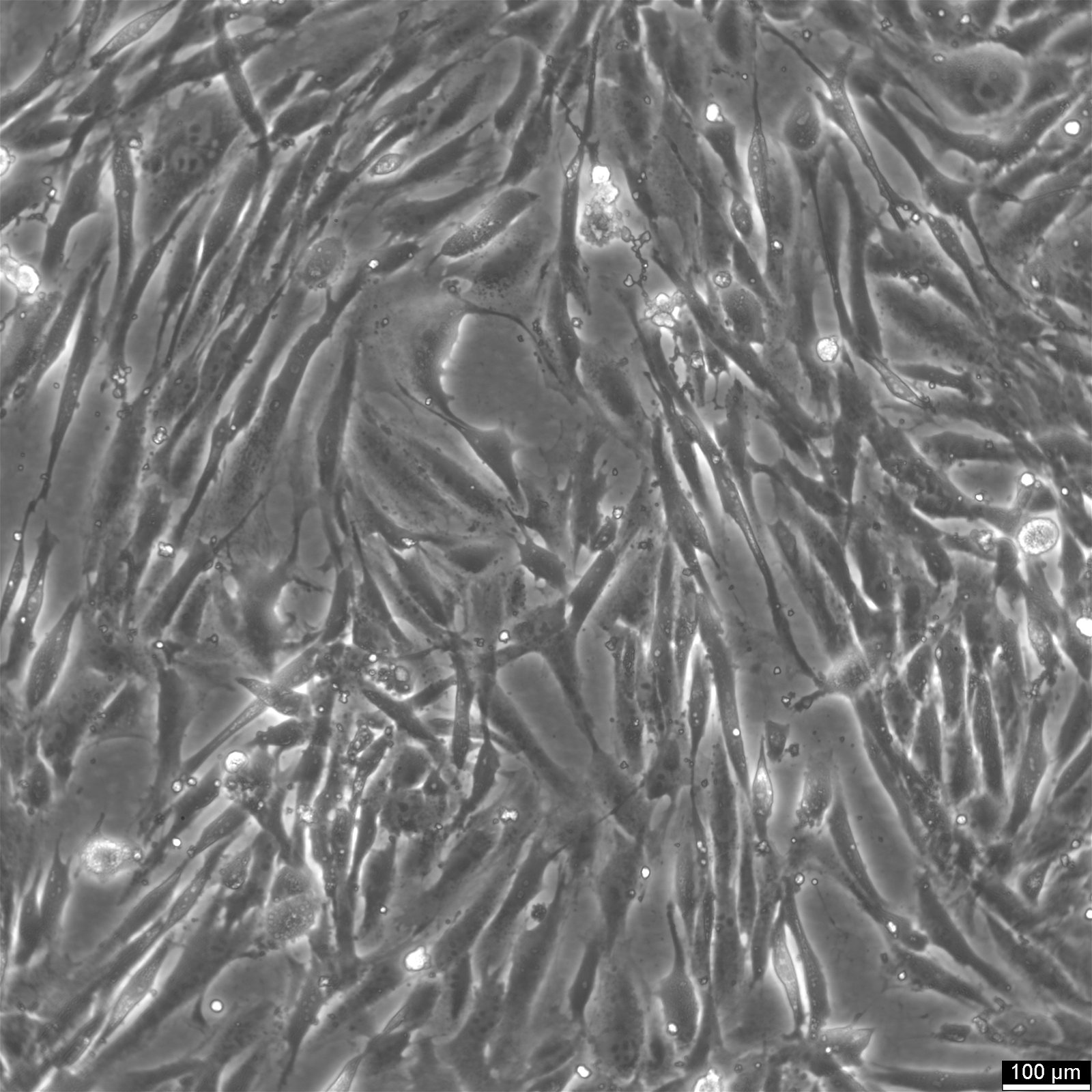
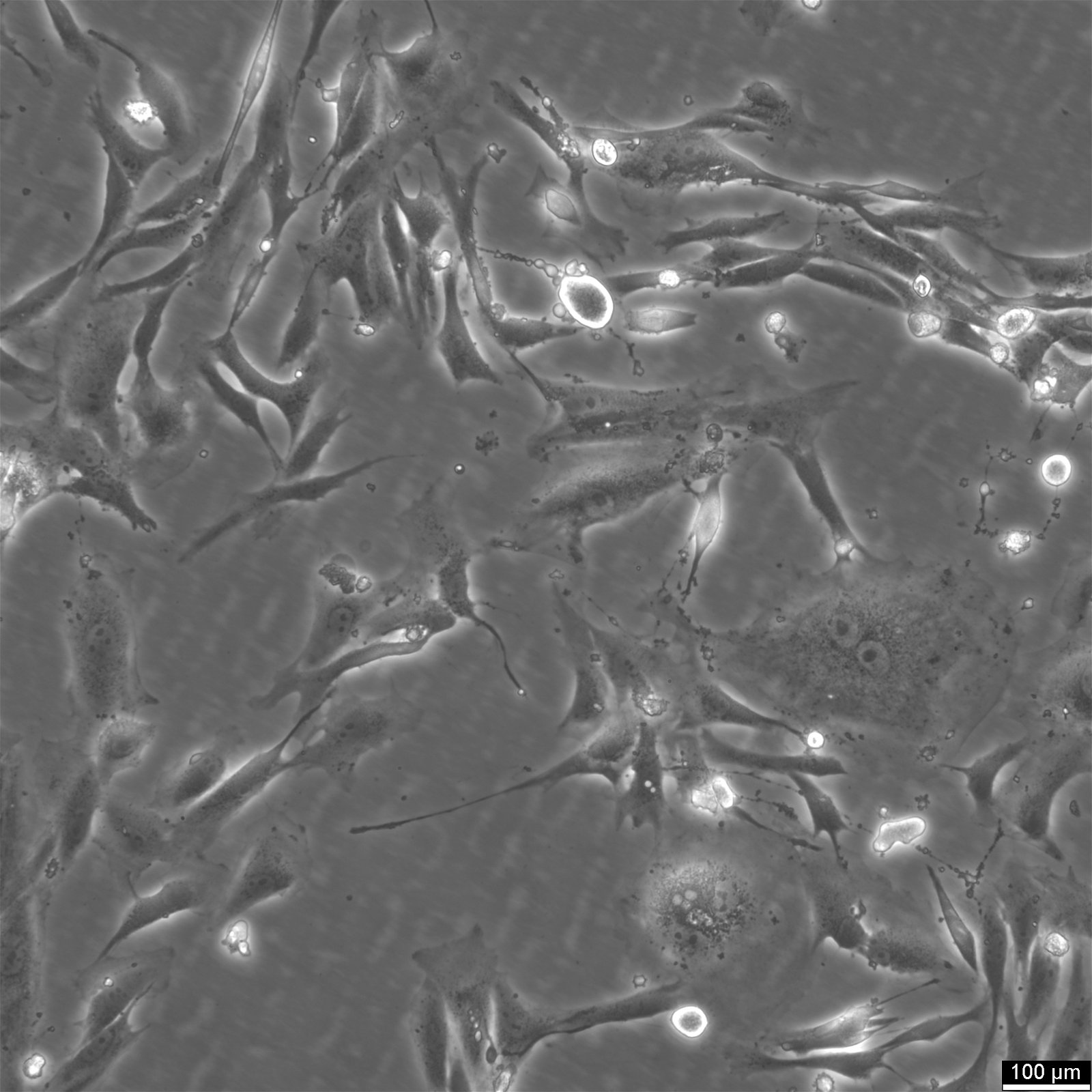
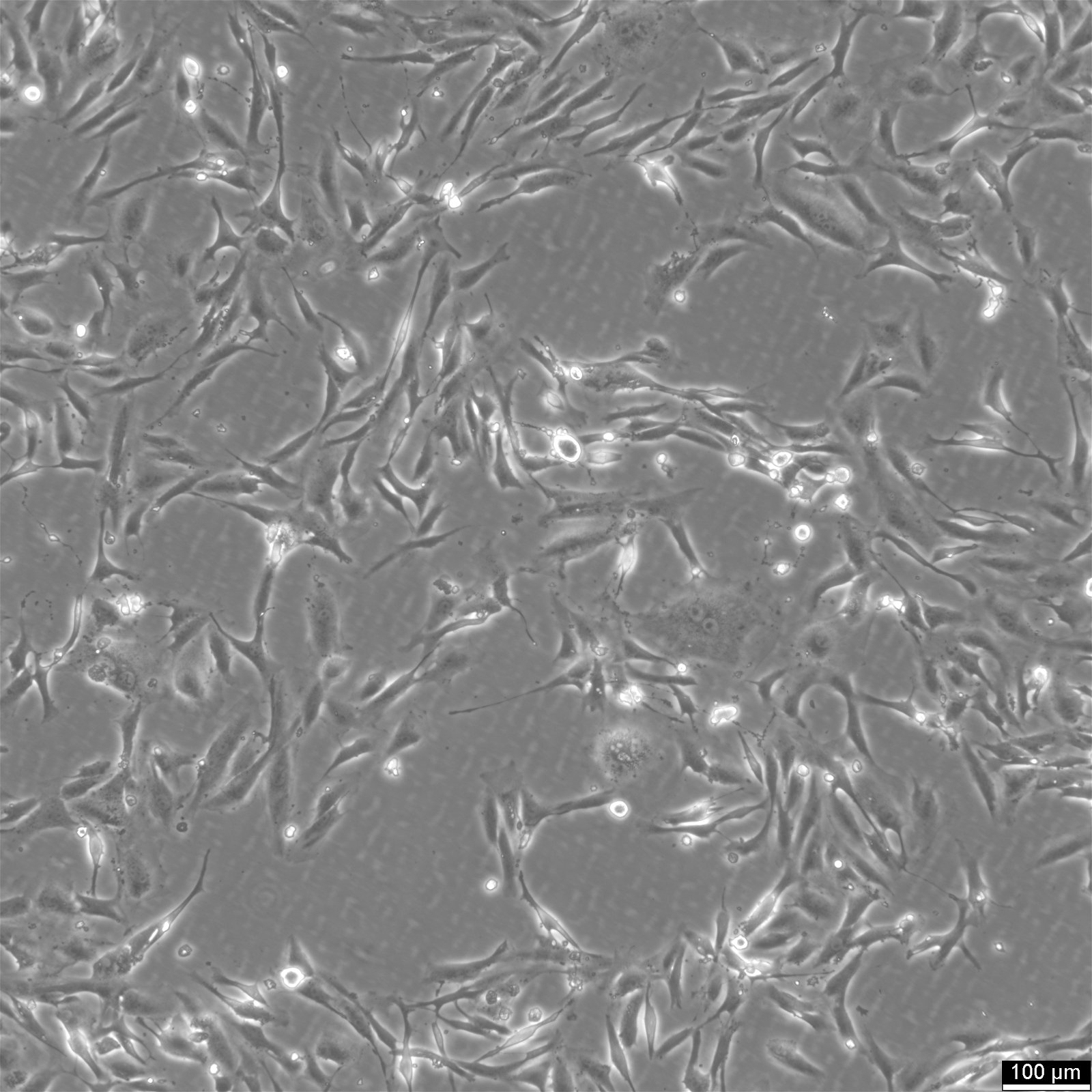
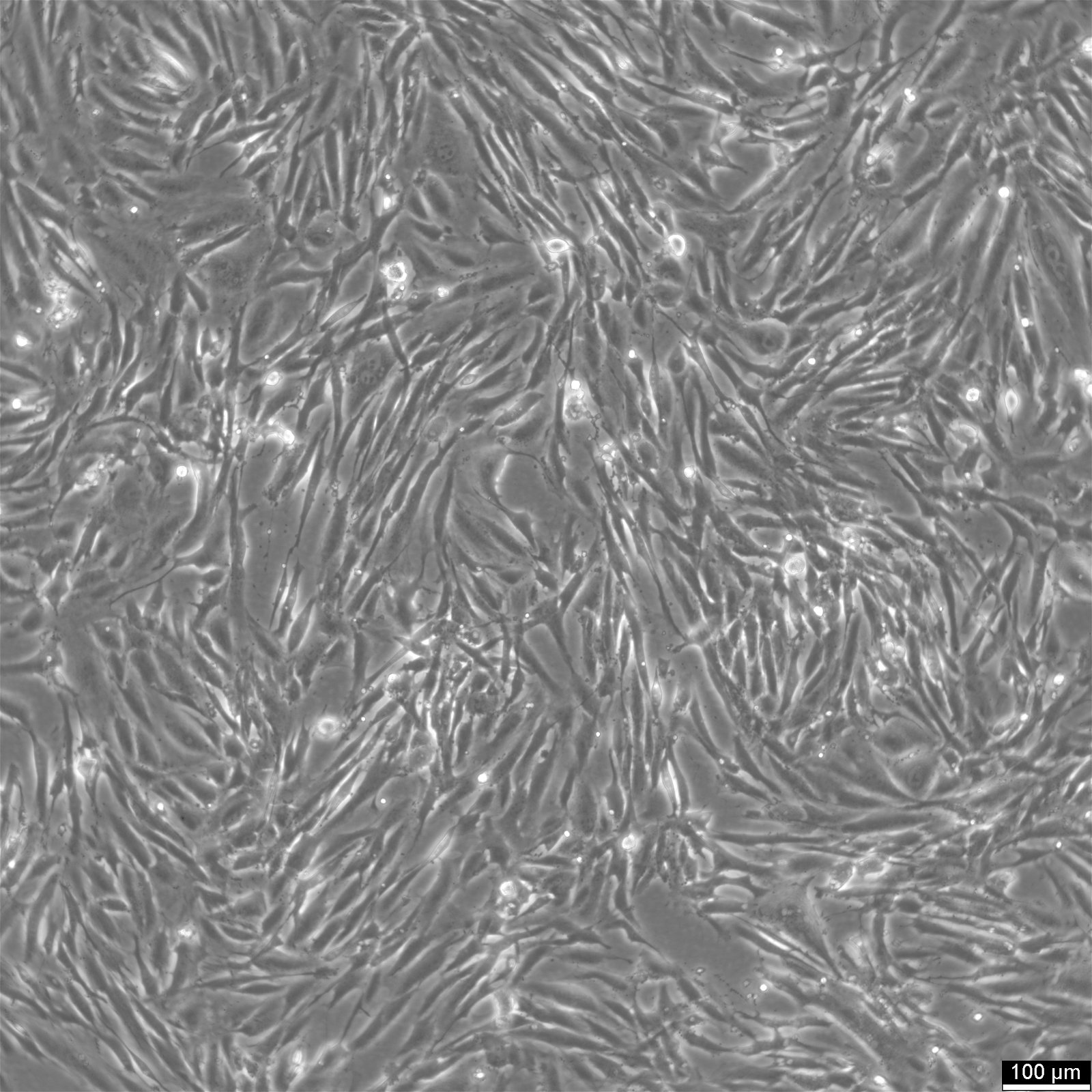
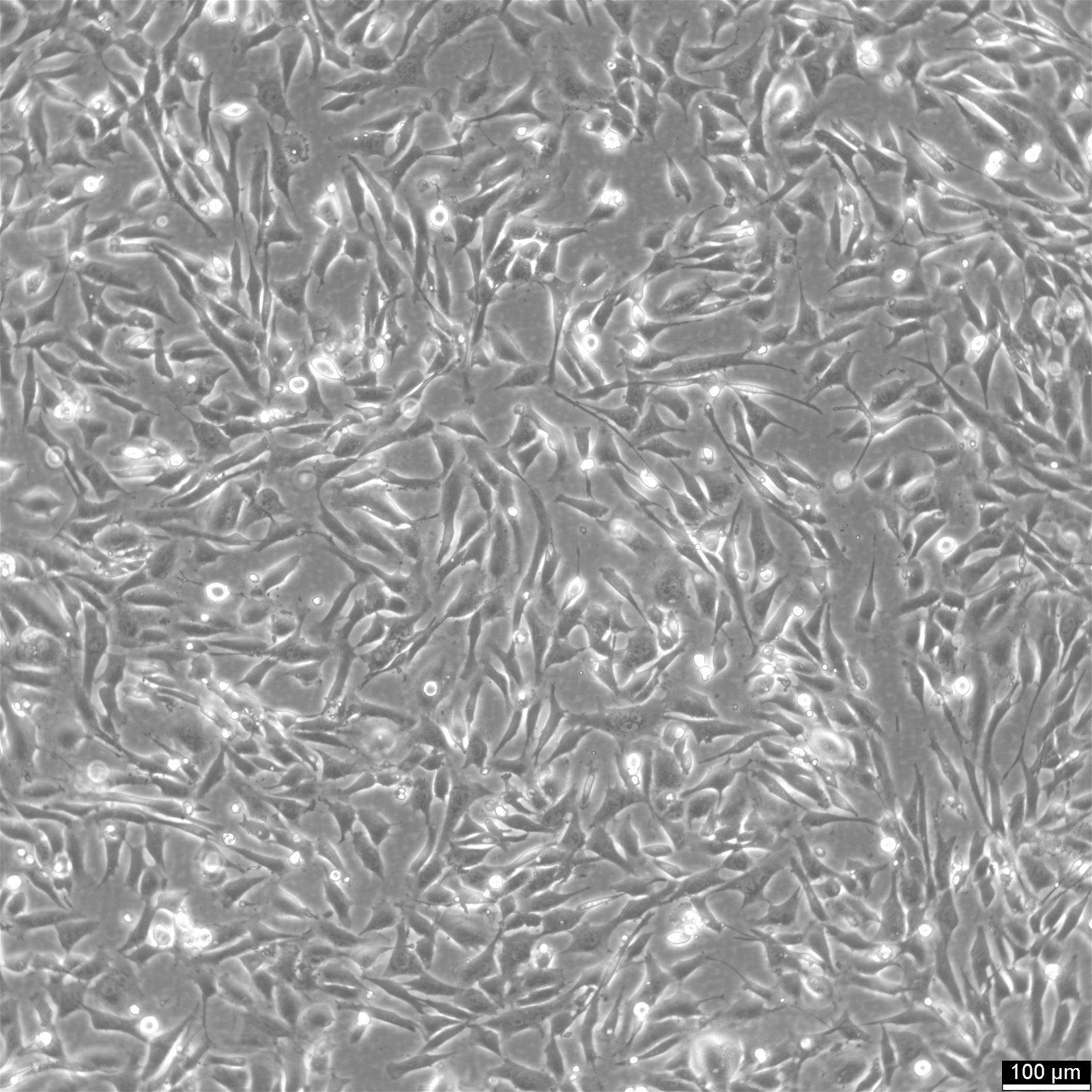















General information
| Description | FRhK-4 cells, a remarkable epithelial-like cell line, were derived from the kidney of a female rhesus monkey (Macaca mulatta). This valuable cell line was generously deposited by JC Petricciani, renowned for his contributions to the field of virology. These cells possess a distinct epithelial morphology, closely resembling the structural characteristics of kidney tissue. Originating from a typical sample obtained from a fetal rhesus monkey, FRhK-4 cells represent an ideal model for studying various biological phenomena in a controlled environment. One of the notable applications of FRhK-4 cells lies in their compatibility with 3D cell culture techniques. With the ability to form three-dimensional structures, these cells offer an excellent platform for investigating complex cellular processes, tissue development, and organogenesis. Researchers can utilize FRhK-4 cells to explore cell-cell interactions, matrix remodelling, and the effects of external factors in a more physiologically relevant setting. FRhK-4 cells have garnered particular attention in virology as a non-human primate cell line. They have been identified as susceptible to infection by different poliovirus types, including type 1, type 2, and type 3. This susceptibility allows scientists to study the pathogenesis of poliovirus and develop potential therapeutic strategies. Derived from the fetal kidney, FRhK-4 cells hold immense promise as an invaluable resource for biological research. Their epithelial-like nature and susceptibility to viral infection provide a unique platform to investigate cellular behaviour and viral pathogenesis. Whether exploring 3D cell culture or investigating viral infections, FRhK-4 cells are an indispensable tool for advancing our understanding of complex biological systems. |
|---|---|
| Organism | Rhesus macaque |
| Tissue | Embryonic kidney |
| Synonyms | FRHK-4, Frhk-4, FRhK4, Fetal Rhesus Kidney-4 |
Characteristics
| Age | Fetus |
|---|---|
| Gender | Female |
| Morphology | Epithelial |
| Growth properties | Adherent |
Identifiers / Biosafety / Citation
| Citation | FRhK-4 (Cytion catalog number 305151) |
|---|---|
| Biosafety level | 1 |
Expression / Mutation
Handling
| Culture Medium | DMEM, w: 4.5 g/L Glucose, w: 4 mM L-Glutamine, w: 1.5 g/L NaHCO3, w: 1.0 mM Sodium pyruvate (Cytion article number 820300a) |
|---|---|
| Medium supplements | Supplement the medium with 10% FBS |
| Passaging solution | Accutase |
| Subculturing | Remove the old medium from the adherent cells and wash them with PBS that lacks calcium and magnesium. For T25 flasks, use 3-5 ml of PBS, and for T75 flasks, use 5-10 ml. Then, cover the cells completely with Accutase, using 1-2 ml for T25 flasks and 2.5 ml for T75 flasks. Let the cells incubate at room temperature for 8-10 minutes to detach them. After incubation, gently mix the cells with 10 ml of medium to resuspend them, then centrifuge at 300xg for 3 minutes. Discard the supernatant, resuspend the cells in fresh medium, and transfer them into new flasks that already contain fresh medium. |
| Split ratio | 1:2 to 1:4 |
| Fluid renewal | 2 to 3 times per week |
| Freeze medium | CM-1 (Cytion catalog number 800100) or CM-ACF (Cytion catalog number 806100) |
| Handling of cryopreserved cultures |
|
Quality control / Genetic profile / HLA
| Sterility | Mycoplasma contamination is excluded using both PCR-based assays and luminescence-based mycoplasma detection methods. To ensure there is no bacterial, fungal, or yeast contamination, cell cultures are subjected to daily visual inspections. |
|---|
